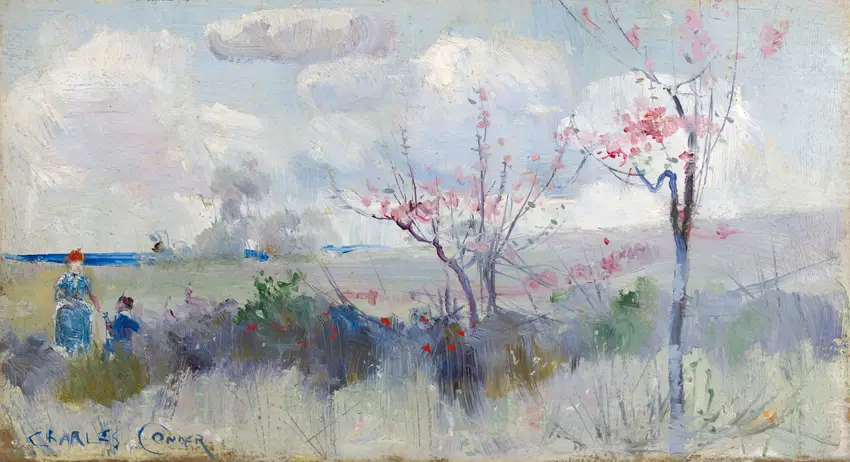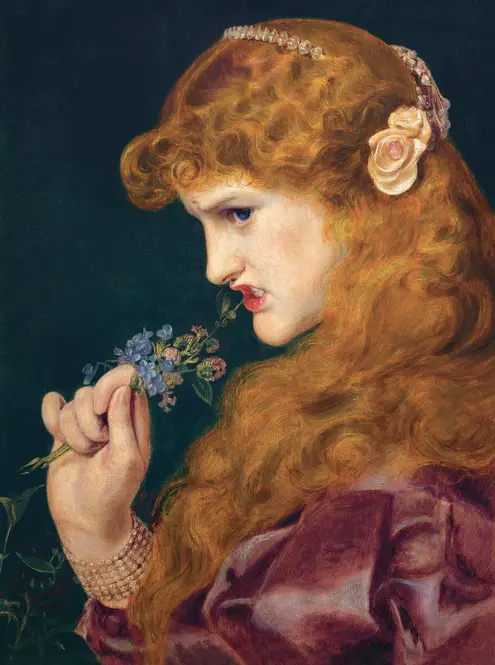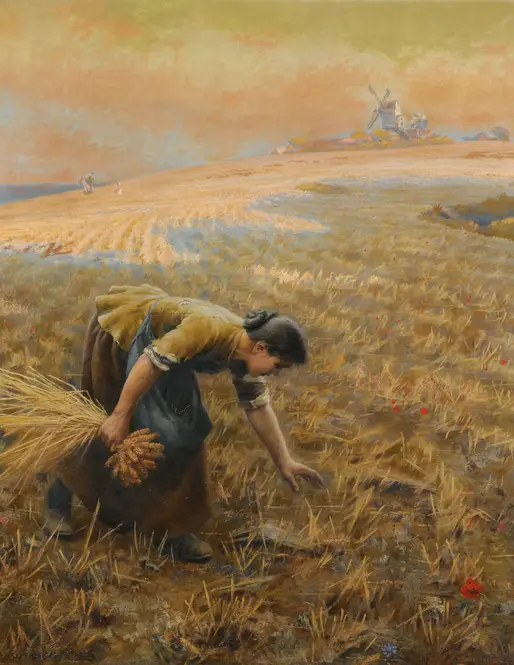Vincent van Gogh’s *The Sower* (1888) captures the raw energy of rural life with thick, swirling brushstrokes that seem to pulse with movement. Against a golden sunset, a lone farmer strides across a field, scattering seeds with an almost rhythmic motion—his figure dwarfed by the vast, undulating landscape. Van Gogh’s bold use of color transforms the scene into something mythic; the sky burns yellow-orange, while the earth below shifts between deep blues and purples, as if alive. This wasn’t just a painting of labor, but a meditation on cycles—growth, decay, and the quiet dignity of work. He painted it during a period of intense experimentation in Arles, where he sought to distill emotion into every stroke, often reworking the motif of sowers as symbols of hope.
Look closer, and the details unravel: the sower’s oversized hands, exaggerated like those of a laborer in an old woodcut, or the crows circling in the distance—a subtle nod to both life and lurking uncertainty. Van Gogh admired Millet’s depictions of peasants but infused his own version with frenetic vitality, turning the act of sowing into something almost sacred. The painting thrums with contradictions: tranquility and urgency, stillness and motion, all held together by that radiant, impossible sky.



-full.webp)
-full.webp)
-full.webp)

-full.webp)
-full.webp)